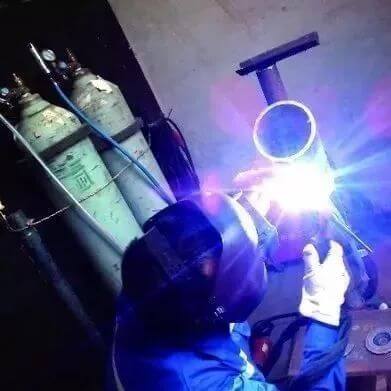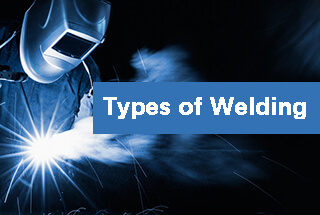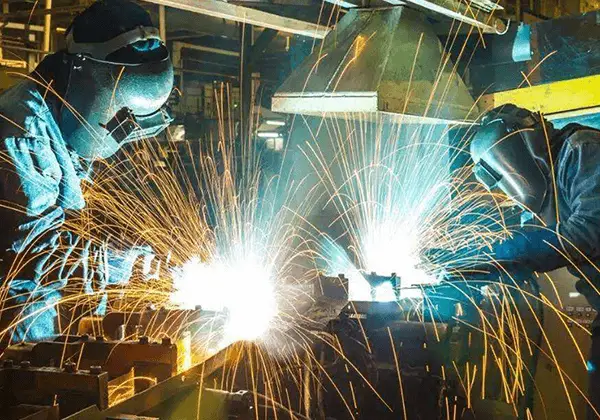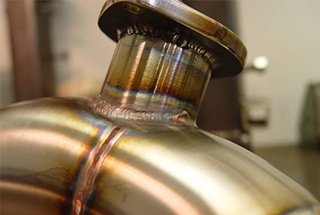In the welding process, the metal undergoes heating and melting or reaching a thermoplastic state, followed by solidification and continuous cooling as a result of heat input and transmission. This is referred to as the welding thermal process.

The welding thermal process plays a critical role in the entire welding process, impacting both the quality and productivity of the welding. This is achieved through the following aspects:
- The heat applied to the weldment metal affects the shape and size of the molten pool by determining its size and distribution.
- The heat and the duration of the weld pool have a direct impact on the metallurgical reactions taking place in the welding pool.
- Changes in the heating and cooling parameters during welding can affect the solidification and phase transformation process of the molten metal, as well as the microstructure transformation of the heat-affected zone.
Therefore, the microstructure and properties of the weld and heat-affected zone are also dependent on the heat’s effect.
- Uneven heating and cooling of the welding parts can lead to an uneven stress state, causing varying degrees of stress, deformation, and strain.
- The welding heat can cause various forms of cracks and other metallurgical defects to occur due to the joint influence of metallurgy, stress factors, and the structure of the welded metal.
- The input heat and efficiency of the welding process determine the melting speed of the base metal and electrode (welding wire), affecting the welding productivity.
Characteristics of welding thermal process
The welding thermal process is far more complex than regular heat treatment conditions and has the following four main characteristics:
a. Localized Concentration of Welding Thermal Process
During welding, the weldment is not heated as a whole, but only the area near the point of direct heating. This leads to extremely uneven heating and cooling.
b. Mobility of Welding Heat Source
During the welding process, the heat source moves relative to the weldment, constantly changing the heated area. As the welding heat source approaches a point in the weldment, the temperature increases rapidly and cools down when the heat source moves away.
c. Instantaneous Nature of Welding Thermal Process
Under the influence of the highly concentrated heat source, the heating speed is rapid (more than 1500 ℃/s in the case of arc welding), meaning that a large amount of heat energy is transferred to the weldment in a very short time. The cooling speed is also high due to the localization of heating and movement of the heat source.
d. Heat Transfer Process in Weldment
The liquid metal in the welding pool is in a state of strong motion. Inside the molten pool, heat transfer is mainly through fluid convection, while outside the molten pool, it is mainly solid heat conduction with additional convective heat transfer and radiation heat transfer.
As a result, the welding thermal process involves various heat transfer modes, making it a complex heat transfer problem.
Wrap it up
The characteristics mentioned above make the issue of welding heat transfer incredibly complex. Despite this, it is crucial that welding workers understand its basic principles and how it is affected by various process parameters, as this has a significant impact on controlling the quality of welding and improving productivity.


